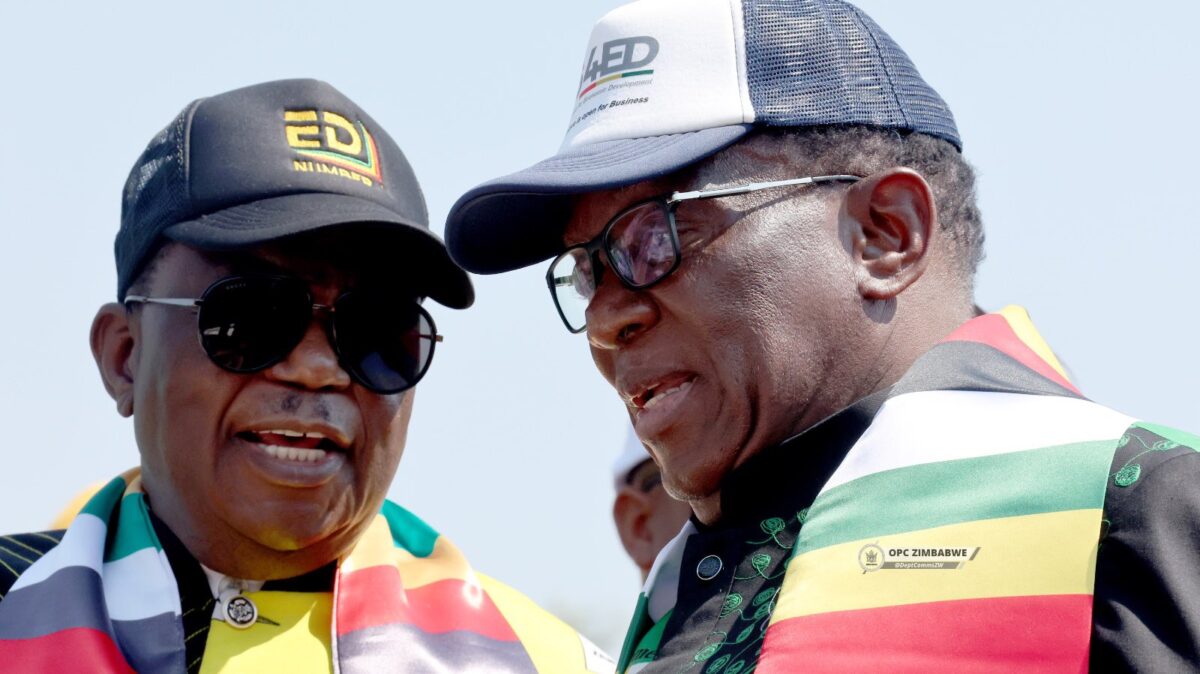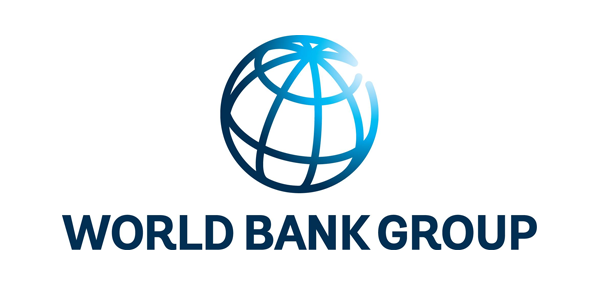The Reserve Bank of Zimbabwe (RBZ) has reassured markets that U.S. dollar contracts will remain valid even after the government's 2030 de-dollarisation deadline, a major policy shift aimed at preventing a repeat of past currency crises.
"Do not worry about post 2030. Issue those contracts willy-nilly. A contract that will be in U.S. dollars will remain in U.S. dollars. Banks can get lines of credit that can go past 2030," RBZ Deputy Governor Dr. Innocent Matshe said on Friday.
The announcement comes amid growing unease in Zimbabwe's financial sector following last year's government declaration that the multicurrency regime—under which the U.S. dollar and other foreign currencies circulate alongside the local unit—would end in December 2030. The plan forms part of President Emmerson Mnangagwa's long-term strategy to restore the Zimbabwean dollar as the sole legal tender.
The 2030 deadline had triggered concerns among banks, many of which hesitated to issue loans or lines of credit extending beyond that year, recalling the chaos of 2019, when the government abruptly outlawed foreign currency under Statutory Instrument 142, leading to panic and a surge in parallel market activity.
By confirming that contracts in U.S. dollars will be honoured post-2030, the RBZ seeks to reassure investors, banks, and businesses that rely on dollar-denominated obligations for trade, imports, and credit.
In October 2023, President Mnangagwa extended the multicurrency system's lifespan to 2030 through Statutory Instrument 218, reversing an earlier plan to end dollarisation by 2025. Economists note that nearly 80% of transactions in Zimbabwe are conducted in U.S. dollars, reflecting lingering distrust in the local unit and the Zimbabwe Gold (ZiG).
"The de-dollarisation roadmap will be crystalised in the National Development Strategy II (NDS2), covering 2026 to 2030. The roadmap will encapsulate the need to maintain current stability, preserve foreign currency accounts, and honour existing USD-denominated contracts," said RBZ Governor Dr. John Mushayavanhu.
The central bank is promoting gradual adoption of the ZiG while maintaining market confidence in the dollar. The proportion of electronic ZiG transactions in the National Payments System rose from 26% in April 2024 to over 40% by June 2025, with demand for ZiG cash increasing concurrently. Commercial banks have been directed to make at least 3% of deposits available in physical ZiG, and over ZiG200 million is currently held in vaults awaiting distribution.
Despite these measures, confidence in the local currency remains fragile. Memories of hyperinflation in 2008, when prices doubled within hours and the local dollar collapsed, continue to influence both households and businesses.
Economist Mehluli Sibanda cautioned that credibility will be key:
"Policy consistency is critical. Zimbabwe has reneged on currency promises before. Investors and the public will need more than statements—they will need proof of discipline and reforms."
Zimbabwe's experience mirrors that of other emerging markets, where abrupt attempts at de-dollarisation, such as in Argentina and Angola, often triggered capital flight and inflationary spirals. In contrast, successful transitions—like Israel in the 1980s—relied on gradual reforms, fiscal discipline, and transparent communication.
For now, the RBZ's assurance that U.S. dollar contracts will be honoured beyond 2030 provides banks, corporates, and households with clarity, potentially averting financial instability and supporting a more orderly transition toward a mono-currency system anchored on the ZiG.
- Business Times
 PIC Director resigns after appointment error
PIC Director resigns after appointment error  Botswana enforces new 24% local ownership rule
Botswana enforces new 24% local ownership rule  'Some very strange things are happening in China!'
'Some very strange things are happening in China!'  Zimbabwe's dollar stock exchange surges 45%
Zimbabwe's dollar stock exchange surges 45%  Gold edges up as traders await guidance
Gold edges up as traders await guidance  Gold shatters $4,000 milestone
Gold shatters $4,000 milestone  Young Investment Professional (YIP) Graduate Programme 2019
Young Investment Professional (YIP) Graduate Programme 2019 









 Young Investment Professional (YIP) Graduate Programme 2019
Young Investment Professional (YIP) Graduate Programme 2019
Editor's Pick